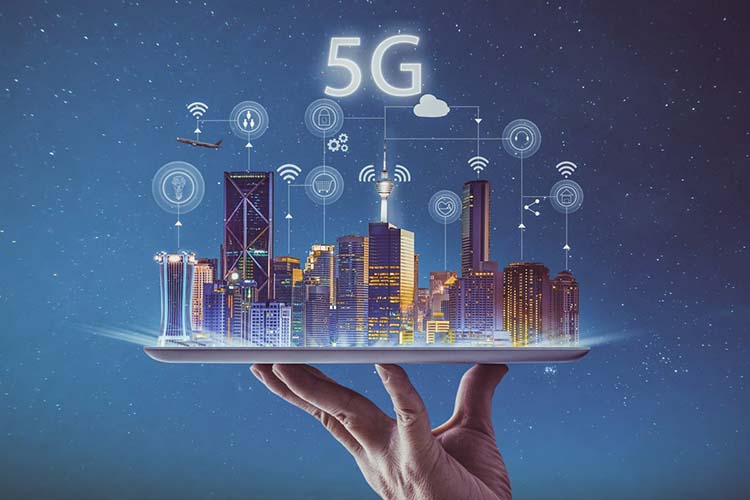The Internet has evolved from providing access to the Internet to connecting complex things to things. With the increase in the number of devices and the explosive growth of data, a new level of network performance is required. The development of wireless networking technology no longer depends on the performance trade-off with network equipment, but a completely independent networking method.
As 5G reaches 10 gigabits per second: 100 times faster than 4G. 5G networks can provide the level of performance required by an increasingly interconnected society. For example, it takes an average of 50 minutes to download a high-definition movie over a 4G network-while on 5G, it only takes 9 minutes. It is conceivable that when using a 5G network to transmit video surveillance data, the speed at which video data can be transmitted is also 100 times faster than 4G surveillance data.
The introduction of 5G can solve this problem because "network slicing" becomes easier-when the network is split to customize the speed, capacity, and coverage by reallocating resources from one "slice" of the network to another "slice" It is needed for scope, encryption, and security.
In other words, just like every apartment in a building has a specific key that can only be entered by authorized persons, each slice will depend on a specific "slice SIM", also known as "sSIM" , It will be stored in your 5G SIM.
The better performance of 5G also means lower latency (the delay between sending and receiving information).
For 4G, this is 200 milliseconds, not far from the 250 milliseconds required for humans to respond to visual stimuli. The 5G latency rate is significantly reduced: only 1 millisecond.
Using 5G networks to quickly send and receive information will help develop new services and equipment, especially connected cars and car-to-car information (aka V2X), virtual reality games, remote surgery and translation software.
In other words, the Internet of Things and 5G have created a better combination of an era.
The safety index of 5G is improved
But as opportunities increase, risks also increase, so 5G deployments must have the correct security level to achieve trust.
5G will see wider deployment of private mobile networks and increased network access from third-party providers, all of which increase the chances of hackers. Therefore, the European Union calls on suppliers, network operators and regulators to conduct dialogues to find and implement solutions to reduce these risks. Following the EU’s GDPR setting itself as a reference for global data protection in 2018, the EU is preparing an electronic privacy regulation (ePR).
5G security aims to protect personal data, and ePR pays special attention to personal privacy related to electronic communications.
For example, this can be achieved through pseudonymization and encryption of personal data. Again, 5G SIM plays the role of user privacy protector.
Therefore, as consumers look to the future, 5G will be more than just a faster mobile Internet, because it can provide new levels of connectivity and enhanced trust in a wider ecosystem.




















